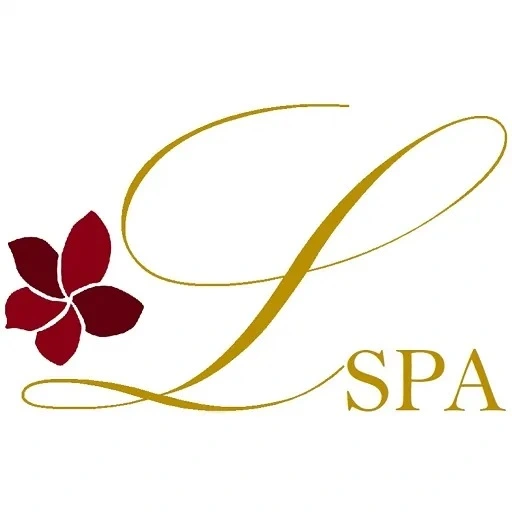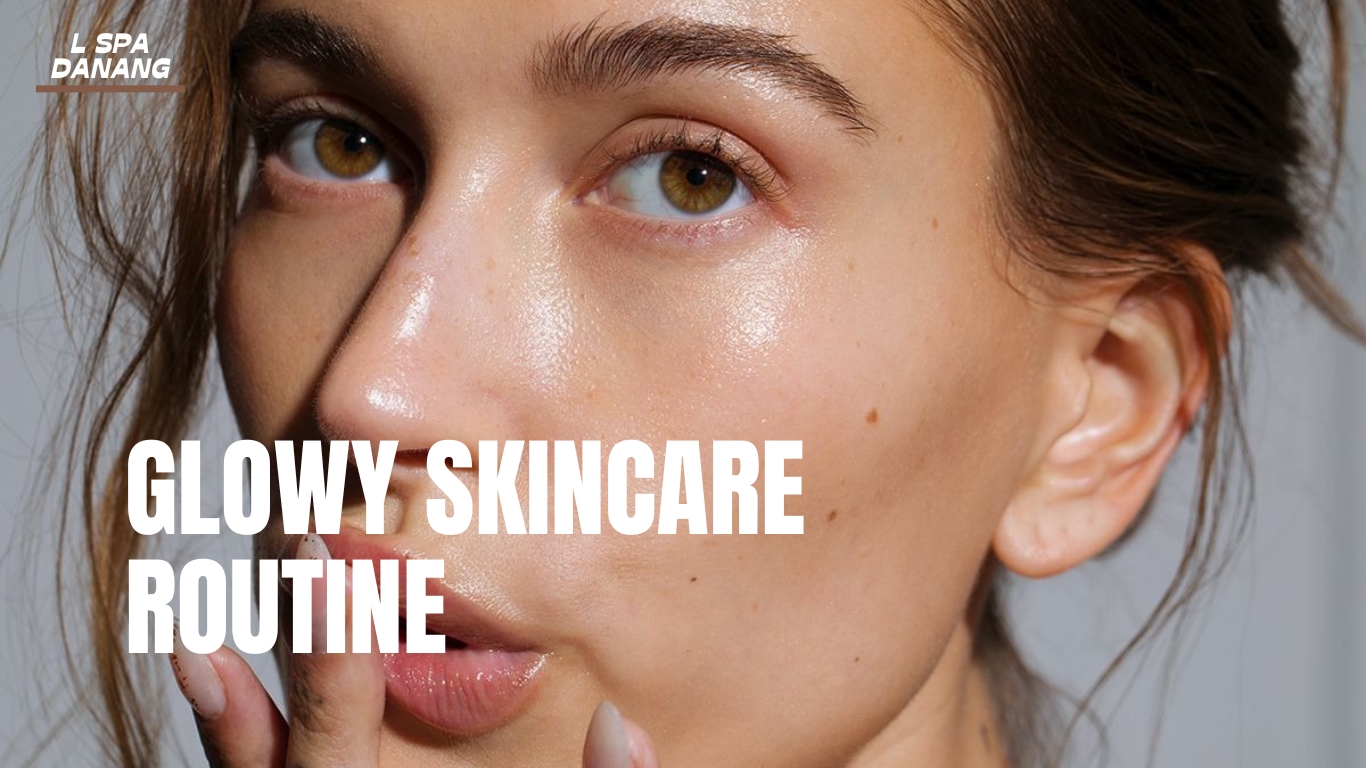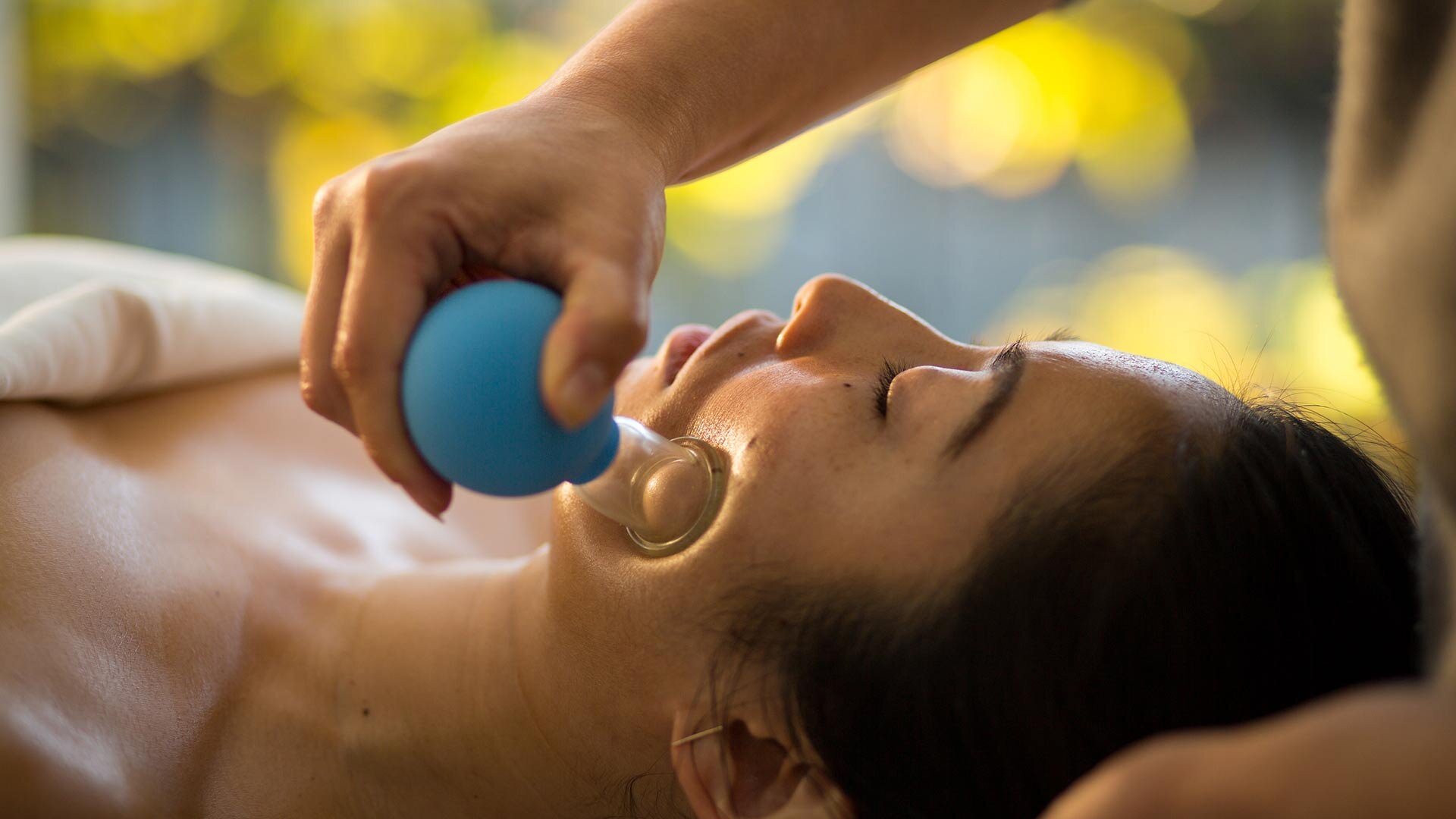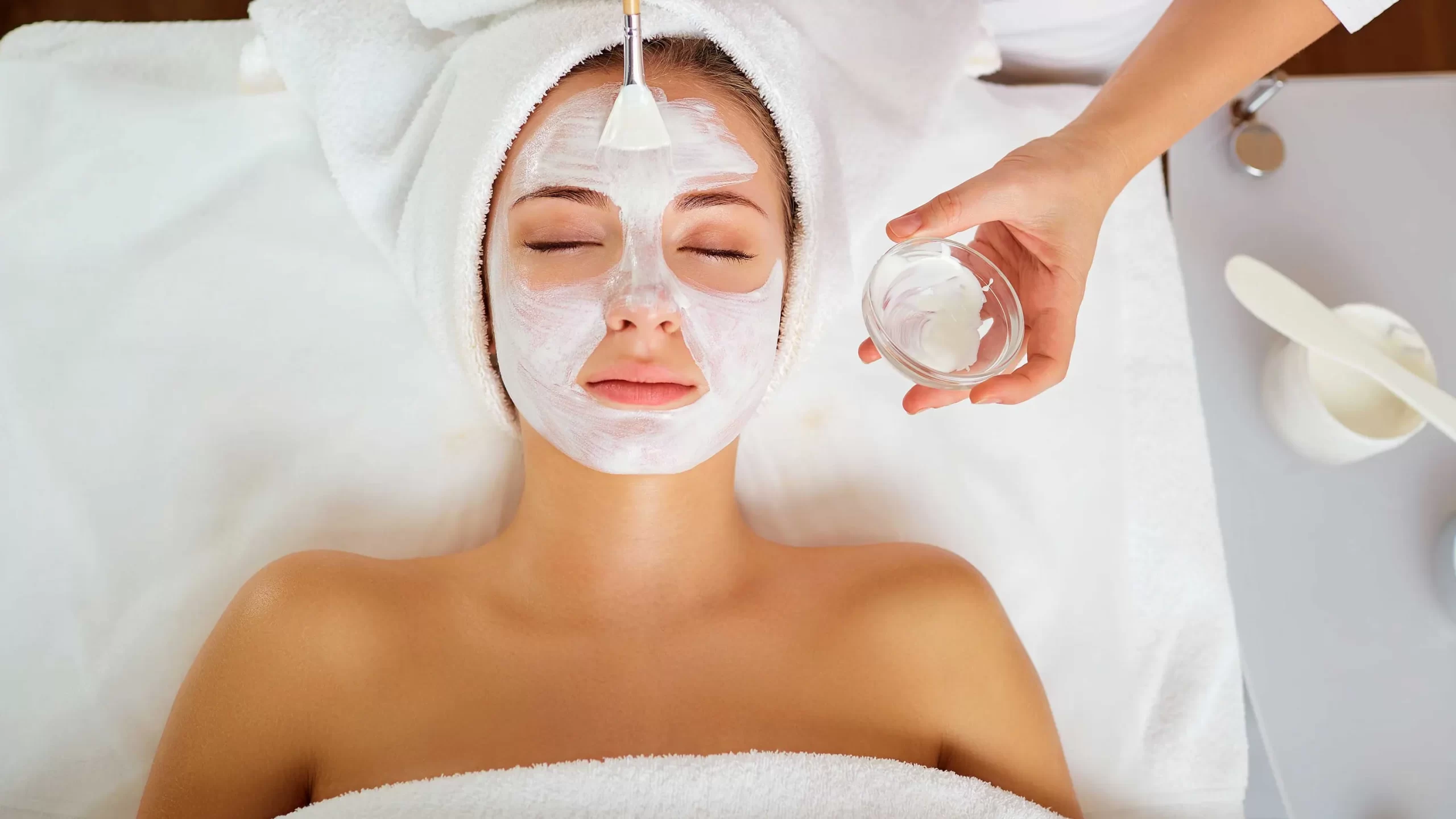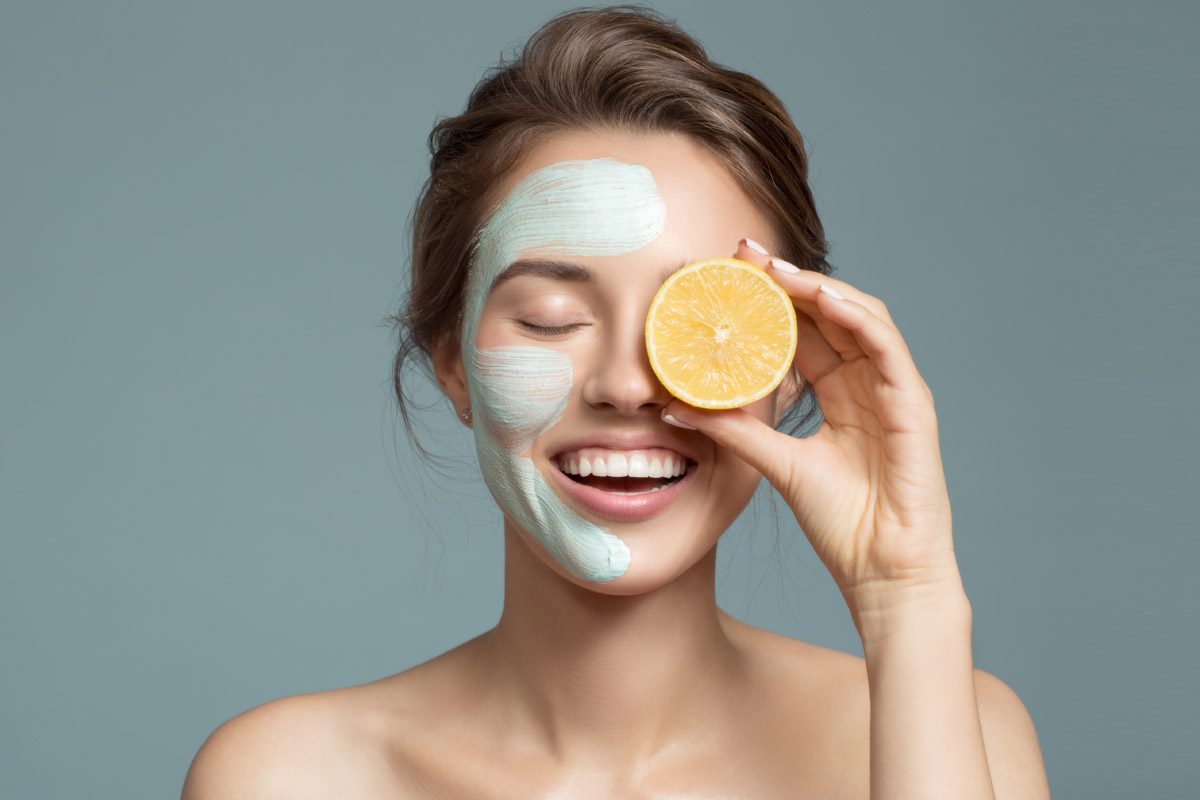In the quest for beautiful, youthful skin, there’s a simple yet powerful technique that’s been gaining popularity – facial icing. This age-old practice has been cherished for its ability to enhance skin health and radiance. In this comprehensive guide, we will explore the world of facial icing, including its history, benefits, techniques, and more. So, let’s embark on this journey to unlock the secrets of a radiant complexion.

What is Facial Icing?
Facial icing, a natural and holistic skincare practice, involves applying ice or ice-cold water to the face for various benefits. This simple yet effective technique has been used for centuries to promote healthier, more youthful skin.
The History of Facial Icing
The origin of facial icing can be traced back to ancient Egypt, where Cleopatra herself was known to use ice on her skin. This practice has endured through the ages, with various cultures incorporating it into their skincare routines.
The Science Behind It
Why does facial icing work its magic on your skin? The cold temperature constricts blood vessels, reducing inflammation and puffiness. It also tightens the skin, making it appear smoother and more youthful.
What Are The Benefits of Facial Icing
- Say goodbye to swelling, puffiness, and discomfort! The cold sensation works wonders in eliminating excess fluids from your lymphatic system, effectively reducing facial puffiness and enhancing your overall comfort.
- Wave goodbye to those pesky under-eye bags! The same lymphatic drainage that combats puffiness also targets under-eye bags, diminishing their appearance significantly.
- Unveil a radiant complexion effortlessly! Who needs pricey highlighters when an ice cube can grant you a natural glow, absolutely free of charge? The icy treatment constricts blood vessels on your face, which reduces the appearance of pores and wrinkles. This results in a lighter, more luminous, and rejuvenated complexion.
- Convenient and budget-friendly! You don’t need any high-end gadgets or expensive products to ice your face. This simple yet effective method offers easy accessibility to meet your skincare needs.
Ice Doesn’t Have To Be Frozen Water

Advocates of ice facials recommend incorporating ice cubes into your skincare routine, whether they’re crafted from pure water or infused with the goodness of caffeinated beverages like tea or coffee.
For those who delve into natural healing methods, there’s an intriguing twist to consider: replacing plain water in your ice cubes with alternative ingredients. Enter aloe vera and green tea.
Aloe-Infused Ice
Aloe has been a stalwart in the realm of natural health for addressing various skin ailments. Aloe vera’s reputation precedes it, with some suggesting it can expedite the healing process for burns and ameliorate acne. Proponents of this practice even propose applying aloe gel to your skin before embarking on your regular ice facial if frozen aloe is not readily available.
Green Tea Ice
Numerous studies have highlighted the antiviral and antibacterial attributes of green tea catechins. Enthusiasts of ice facials advocate using ice cubes infused with green tea to merge the refreshing effects of ice with the potential antivirus and antibacterial prowess of this beverage. It’s a tantalizing blend of chill and health benefits that tempts many skincare aficionados.

Tips for facial icing
Now that we understand the basics, let’s explore how to incorporate facial icing into your skincare routine. Step-by-Step Guide:
- Gather Supplies: You’ll need ice cubes, a clean cloth or tissue, and a comfortable place to sit.
- Cleanse Your Face: Start with a clean, makeup-free face.
- Wrap Ice: Wrap the ice cubes in the cloth or tissue.
- Massage Gently: Using gentle, circular motions, apply the ice to your face.
- Focus on Areas: Pay special attention to areas with puffiness or inflammation.
- Duration: Ice for 5-10 minutes, or until your face feels numb.
- Finish with Moisturizer: Apply your favorite moisturizer to lock in the benefits.
Who Should Avoid Ice Facials
Facial icing is generally considered safe for most individuals; however, there are certain situations in which it is advisable to exercise caution:
- Thin or sensitive skin: Facial icing may lead to irritation and redness, especially among individuals with delicate or sensitive skin types.
- Broken capillaries: If you notice a network of tiny red lines beneath your skin’s surface, it’s best to avoid using ice, as it can exacerbate the issue and hinder the healing process.
- Recent facial procedures: If you are in the process of recovering from cosmetic surgery, laser treatments, chemical peels, or any other facial procedures, it’s recommended to refrain from using facial icing (as well as any other interventions not specifically recommended by your medical professional) and allow your skin to heal naturally.
Frequently Asked Questions (FAQs)
Q: Why are ice facials so popular?
The popularity of applying ice to the face is easy to explain. If it fits the characteristics of a health fad, including: Inexpensive, Easy to do, Anecdotal evidence, etc.
Q: Can I use other cold items instead of ice?
A: Absolutely! Some people prefer using cold spoons or chilled tea bags for a soothing experience.
Q: How often should I ice my face?
A: It’s best to start with 2-3 times a week and adjust based on your skin’s needs.
Q: Is it safe for sensitive skin?
A: Generally, yes, but it’s essential to monitor your skin’s reaction and adjust accordingly.
Q: Can I use facial icing in my morning routine?
A: Absolutely! Many people find it invigorating and a great way to kickstart their day.
Facial icing is a simple, cost-effective, and natural way to enhance the health and appearance of your skin. Whether you’re looking to reduce puffiness, achieve a radiant glow, or combat the signs of aging, facial icing has you covered. So, embrace this ancient beauty secret and start your journey towards healthier, more youthful skin today.
This post is for informative reference and to outline the nuances, benefits, and optional methods of Facial icing. To explore and learn more about our available spa services, visit the L Spa Da Nang website.
